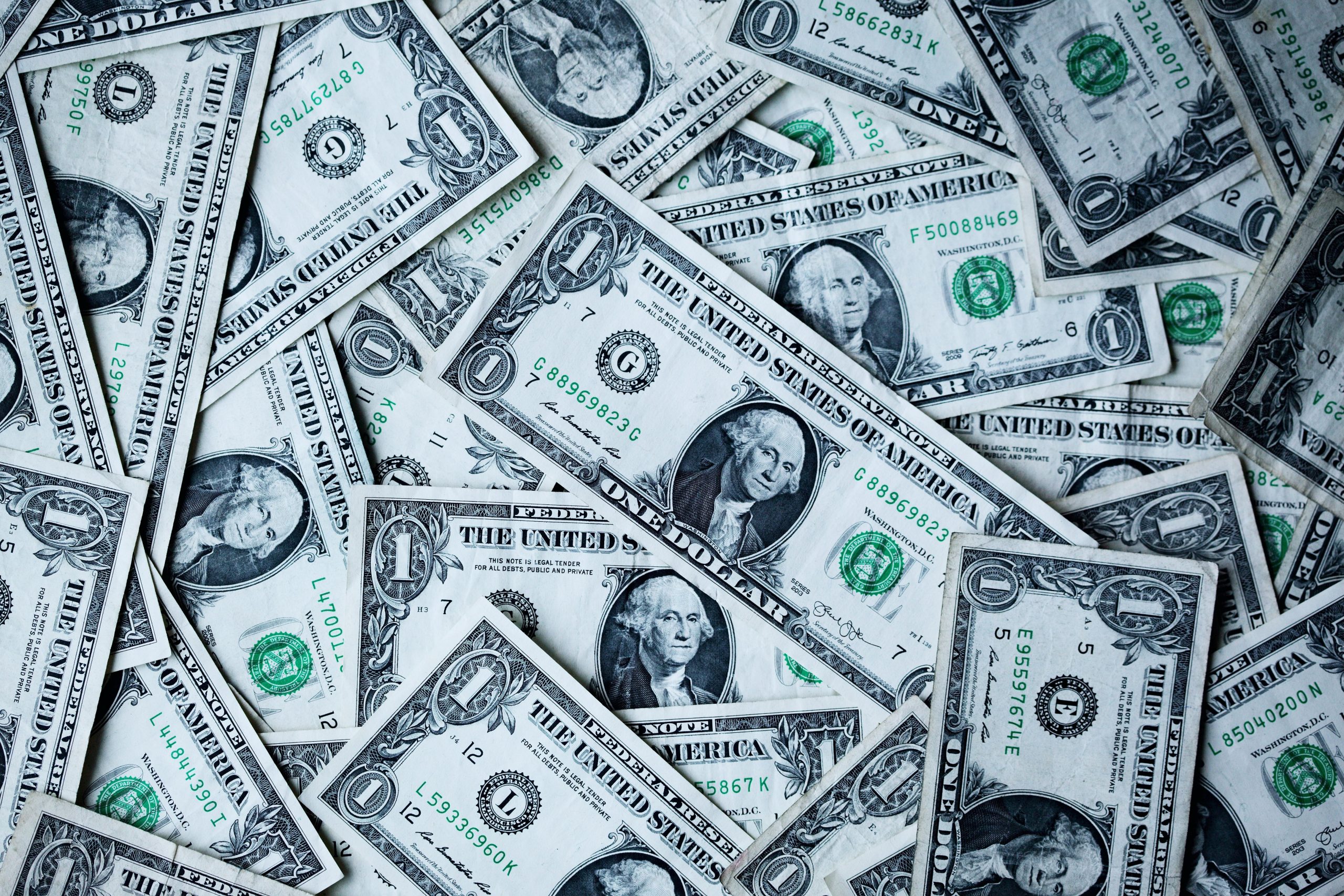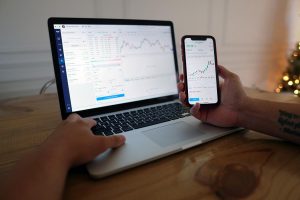Inflation in the United States eased to 7.7% in October on a yearly basis from 8.2% in the previous month, easing some pressure on households and the economy. The consumer price index (CPI) is at its lowest since January and below market forecasts of 8%. In August the annual price rise was at 8.3%.
Also Read: Meta layoffs: A look at how 11,000 fired employees will be compensated
The broad-based measure of goods and services costs, rose just 0.4% for the month. Excluding volatile food and energy prices, so-called core CPI rose 0.3% for the month and 6.3% on a yearly basis, also less than expected, the US Bureau of Labor Statistics reported today. It had posted monthly increases of 0.6% in both August and September.
A 2.4% decline in used vehicle prices helped curb down the
inflation numbers. Clothing prices fell 0.7% and medical care services were
down by 0.6%.
Also Read: US inflation rate eases slightly | A timeline: 1930-2022
Despite some cues at slowing down, price increases had until now failed to post a major drop-off. Inflation has more or less flatlined at a significantly high level since spring 2022. For the Federal Reserve, which has hiked interest rates aggressively this year to curb inflation back under control, it has been a sign that soaring prices could prove difficult to stamp out without a painful economic contraction. Thursday’s bigger-than-expected slowdown is likely to be encouraging news. Inflation is expected to remain high through the end of 2022.
Also Read: Central Bank of Russia explores crypto’s place in financial system
“Today’s CPI report shows inflation is moving in the right direction,” said Eric Merlis, managing director, co-head of global markets at Citizens. “The report provides ammunition for the Fed to begin pricing in sub 75-basis-point tightenings. This will be a welcome development for the Fed,” he added.
Also Read: Six years after demonetisation, Indians have highest-ever cash in hand
Markets reacted strongly to the inflation report, with
futures tied to the Dow Jones Industrial Average up more than 800 points.
Treasury yields fell sharply, with the policy-sensitive two-year note falling
0.22 percentage points to 4.41%.
Also Read: Twitter delays launch of $8 subscription plan for blue ticks until end of midterms: Report
The markets are expecting a 50 basis points (bps) hike in
December keeping in context the Fed’s dot plot. According to Fed Chair Jerome
Powell’s statement earlier this month, it seems the central bank is trying hard
to avoid a hard landing on the economy. Powell’s signal to the market is two-pronged
– Fed may consider slowing down the pace of interest rate hikes and secondly,
the benchmark rate could be much higher than what the market is expecting.







